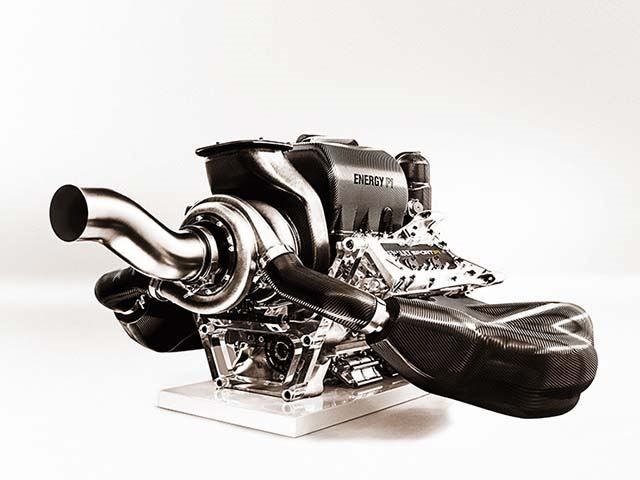
Fun fact: F1 is responsible for a lot of how your vehicle behaves today. Even the tires your car sits on were probably derived from some technological advancement that came from F1 research and development (R&D). The auto industry owes where it is now to sports like F1. It sounds ridiculous of course, to throw hundreds of millions of dollars at racing cars strictly for R&D purposes, but sometimes that's what it takes to spark innovation. You thought automakers did it all?
Engine technology like the dual overhead cam valve system that is in nearly every car now was first used in the 1912 French Grand Prix. While it is more efficient than the single overhead cam, the technology took quite a while before it got into road cars like the 1925 Alfa Romeo.
Active suspension advances also came from F1. In 1992 the Williams F1 team developed an active suspension system that was unrivaled before it was outlawed for being too dominant. The car was able to balance itself through a corner so the driver didn't have to. Sound familiar?
The roll cages in F1 cars started in the early 1970s. Since then they have improved and trickled down to road cars. They might not be noticeable, but that's because they are built into the design of the car, and road cars have things that race cars don't, such as carpeting and trim. Thus F1 has improved safety in road cars as well. McLaren invented the carbon fiber monocoque chassis for its 1981 F1 car, and after revolutionizing the sport since the design's inception every team now uses one. While carbon fiber is generally still too expensive it's been making its way into supercars and is slowly creeping down the price line.
The first time a carbon fiber monocoque chassis made it to the streets was with the McLaren F1 in 1992. Now though, it's starting to expand to other frontiers. The new BMW i3 uses a carbon fiber monocoque chassis. In the early 2000s Ferrari started coating the inside of its F1 engines with a type of carbon designed to reduce friction, which meant the engine didn't have to work as hard. Now the Ferrari 458 from 2010 has that technology. If you want to see how F1 affects road cars more recently, look at McLaren's new 650S, which takes a lot of things from F1 including its aerodynamics. And today, F1 is more relevant than ever in terms of its contribution to the automotive industry.
It now fosters the use of 1.6-liter turbocharged V6 engines, producing something around 700-800 horsepower in total. This is significant because nearly all road cars are moving towards turbocharged engines, and now with what F1 is accomplishing the technology could seep down into road cars. Really the list of improvements from F1 developments goes on and on. Unfortunately because of how much it costs to develop, technology from F1 usually takes about 10 years to make its way to consumer cars. But that's all about how to make it affordable. So next time you wonder who cares about F1, remember that your car does.


